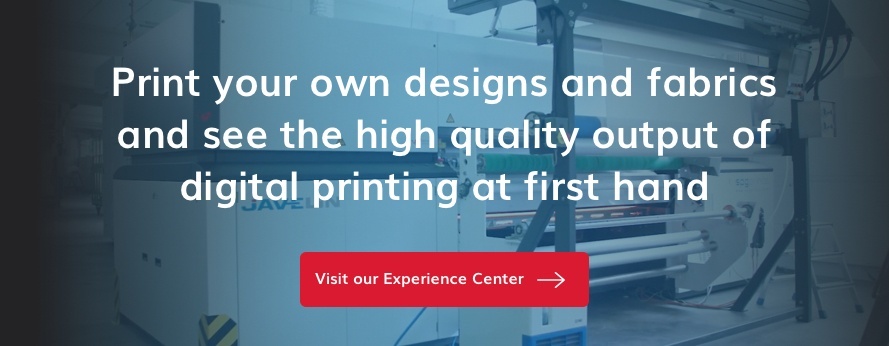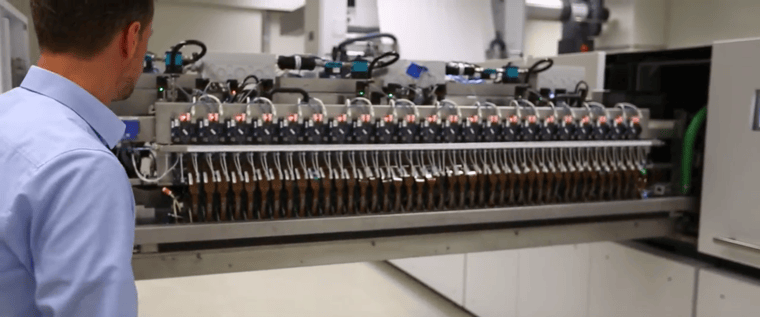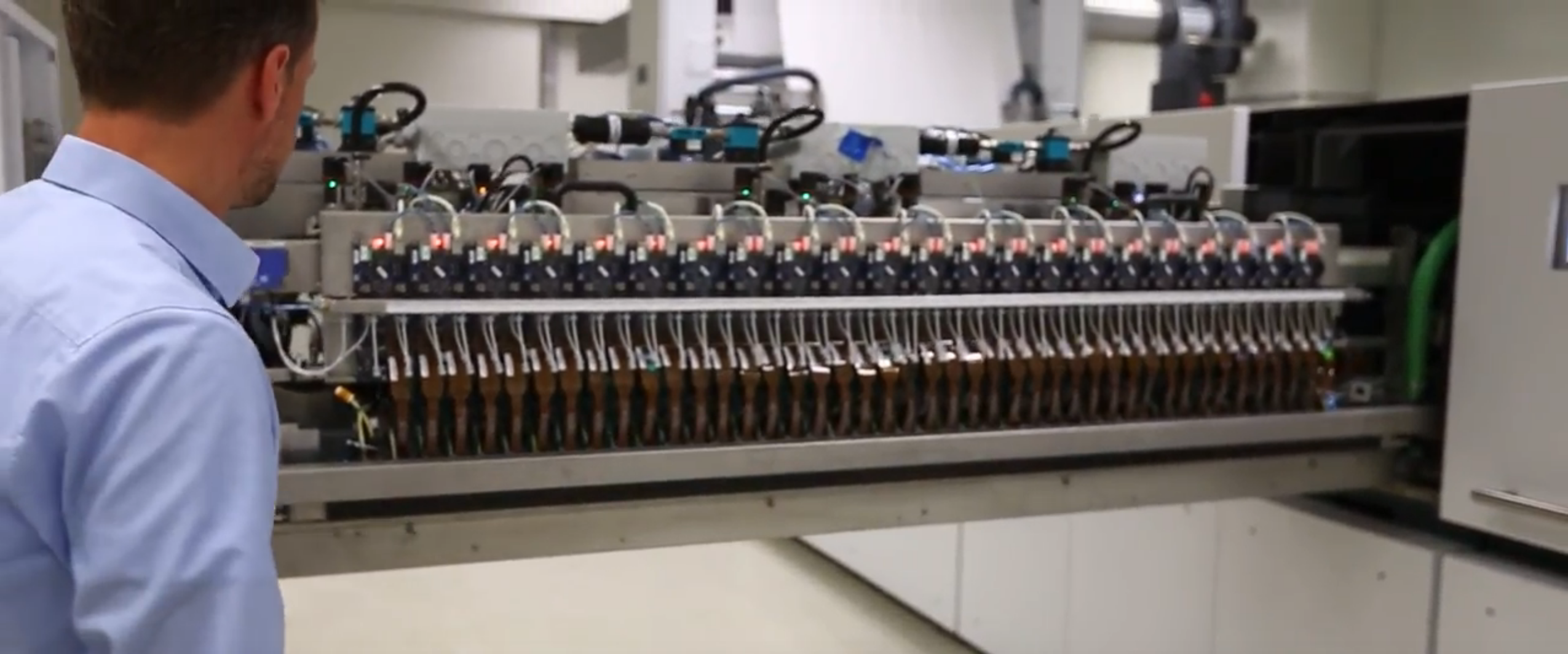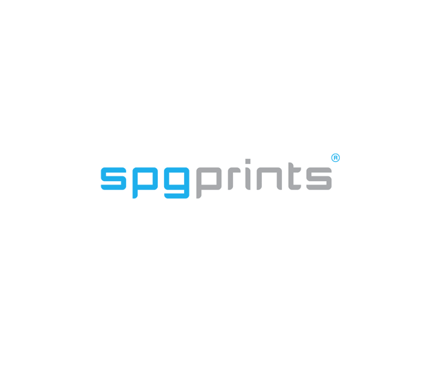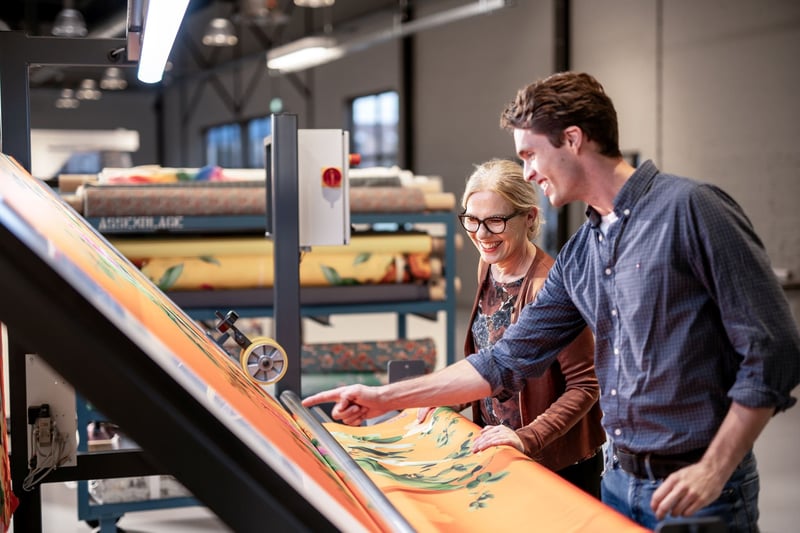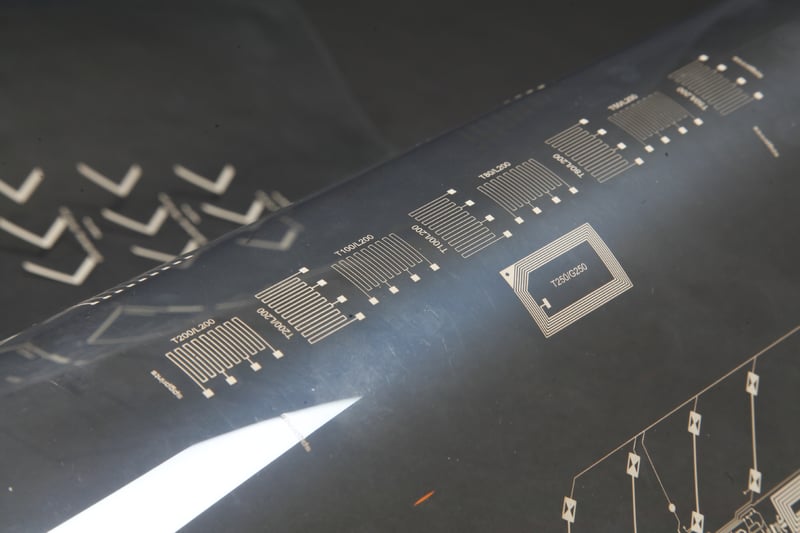Some textile printers have the perception that you only need to plug in a digital textile printer for it to work. However, to truly benefit from your latest investment, there are a few extra steps you have to take.
Checklist: 5 steps to arrange a digital textile printing process
On average, printing companies need two to three months to fully understand and control the whole digital textile printing process. When investing in a digital textile printing process, you should definitely take this learning curve into account and adjust your sales plan accordingly.
Below, you’ll find all the steps you should take when incorporating a digital textile process in your organization. This will help you understand why these two to three months are more than necessary and help you get the most out of your investment.
- Create the right operating conditions for a digital textile printing process
A digital textile printing machine can only perform well when it is placed in a production hall with constant conditions. You don't need cleanroom conditions, but a digital textile printer cannot automatically function in a normal conventional textile production hall. For example, if you want your digital textile printer to function well, the temperature in the hall should typically be between 20 and 25 degrees Celsius and the air humidity should be non-condensing and between 45% and 65%. So if you are located in a tropical climate, for instance, you will need to climatize at least the room where the digital textile printer is in.
It is anyway advisable to isolate your printer from the conventional production hall because these halls are typically quite dusty and dust and inkjet don’t go well together. Of course, you should be able to provide the machine with the right water, power and gas supply and have a place with a steady temperature available to store your digital inks.
Before investing in a digital textile printing process, ask yourself if you have a space with the right conditions available to place the machine. If not, the first step is to create one. - Convert designs to the right format
Uploading designs to a digital textile printing machine requires a different format than your design department now uses for your conventional printers. To be able to create a smooth digital textile printing process from design to production, you need to create a workflow for converting designs to the right format. This will most likely require you to make some changes in the way your design and IT department do their work now. - Find the right personnel
Operating a digital textile printing process requires a different skill set than operating a conventional printing machine. When wanting to incorporate a digital printer in your production process, you will need to search for a new type of operator that can help you run a smooth production.
There might be operators already working in your company that would like to transfer to the digital textile printing process. At SPGPrints, we can provide your operators with the right training so they learn how to handle a digital textile printing process. However, take into account that for operating a conventional textile printer a high degree of craftsmanship is required, and a digital textile printing operator needs to be tech-savvy and have an affinity with computers and digital technology. Therefore, you might need to recruit new personnel for your digital textile printing process. - Calculate how to get the return on investment
Purchasing a digital textile printing machine requires a significant investment. How are you planning on getting a return on that investment? Before making the purchase, you need to have a plan in place.
That means calculating beforehand how much you will need to charge for a meter of digital fabric in order to earn back your investment and make enough money. That way, you’ll have a detailed plan in place and there won’t be any surprises along the way. You will find that digital printing per meter is in most cases more expensive than rotary printing (see also this blog on making a cost comparison between digital and rotary screen printing) so you need to have a plan with what added value to sell the digitally printed meters and with which arguments. - Print samples to get sales going
When your digital textile printing process is up and running, the first thing you should do is print some astonishing samples that you could provide your sales department with. Now you’ve incorporated the digital textile printing machine into your production process you want to start using it to its full potential. Astonishing samples will enable your sales team to show customers the amazing quality that will justify the sales price per meter and therefore close deals.
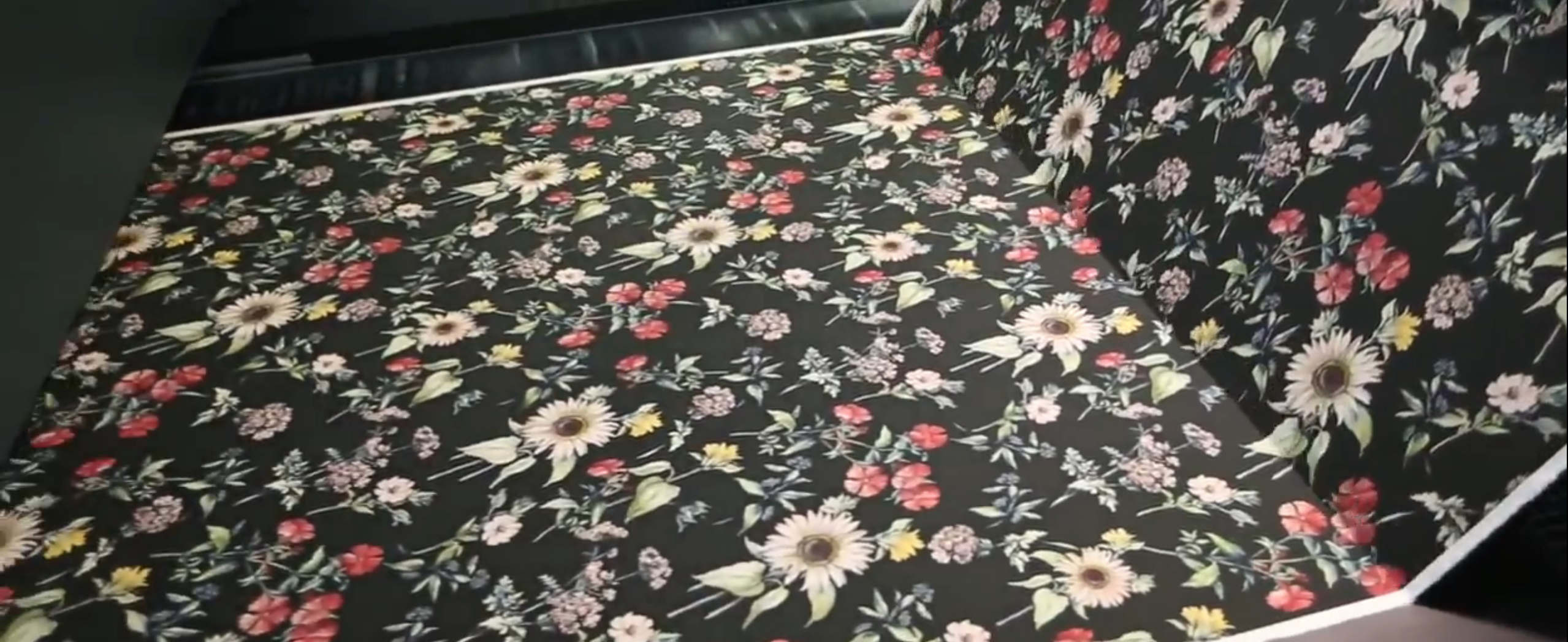
Witness the power of a digital textile printing process at first hand
Digital textile printing can offer printers unique opportunities in terms of reaction speed and the potential to produce large quantities in a very short time. Style changes can be prepared while the digital textile printing machine is already producing. This means there are nearly no limitations in amounts of colors and complexity of designs.
Learn everything about Digital Textile Printing in our exclusive guide.
Do you have to see it with your own eyes to believe it? In our Experience Center, you can not only see digital textile printers live in action, but you will also witness how the printer can enhance the quality of your designs. Curious if digital textile printing can deliver on its promise? Schedule a visit to our Experience Center and witness the high-quality output and production efficiency of a single-pass printer at first hand:
